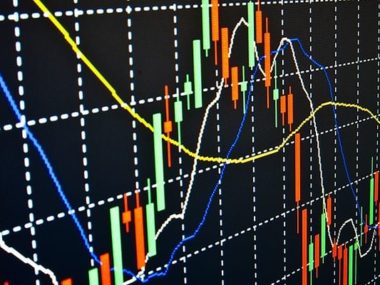What is margin?
Some traders think that a margin is a required fee or extra costs, but it is not. It is just a portion or percentage so that you keep a new position open. For the whole duration of the trade, this said portion is somehow locked up or used. This portion goes free when the position closes. It goes back to your account balance, and you can use this amount again to make new trades.
Margin is a capital with a minimal amount to maintain a position. We need margins to be prepared if the prices went in the opposite direction, leaving you with losses. Margin may vary from one forex broker to another.
A sample scenario of margin
Let us say that Lucia is eyeing the EUR/ USD pair, and she wants to buy a total of $150,000. Now, as we have said, the margin is just a portion and not the whole amount. Margin is like an assurance that you can cover for the loss that may happen. So, Lucia does need a $150,000 margin as well. The margin percentage depends on who your forex broker is. Lucia’s forex broker only required her at least a $4,000 margin. This margin is now used up until such time that her position closes.
But what is a margin requirement?
If you will notice, the margin is always in percentage. This percentage is referring to the full size of the position that you want to open. We can also call it the notional value. Margin requirement may be in percentages may range anywhere from 0.25%, 0.50%, 1%, 2%, 3%, 5%, 10%, or more depending on your CFD or forex broker. If you encounter words such as deposit margin, entry margin, and initial margin, note that they are the same as the margin requirement.
For example, the EUR/USD’s margin requirement is 2% of the position’s full size. Other example is includes GBP/ USD which requires 5% margin, USD/ JPY requires 4%, and EUR/ AUD requires 3%. Each currency pair has a unique required margin that will be locked up to keep a position open.
If we buy or sell $100,000 worth of unleveraged EUR/ USD, then we will also need $100,000 in our account balance, right? But if the margin requirement is only 2%, then we only need $2,000 to keep the EUR/ USD position open.
A guide on calculating the required margin
The calculation of the required margin is in the percentage of the position size. When we get the required margin, we must note that this depends on the base currency of the currency pair you are trading.
For a better view of this expression, here is a little legend:
- Amount of margin = required margin
- Percentage = margin requirement
- Position size = notional value
If the base currency is similar to your account’s currency, then the equation formula goes like this:
Required margin = Notional value * Margin requirement
Now, suppose the base currency is not the same as your forex trading account’s currency. In that case, we need to convert the required margin in your account’s currency denomination to ensure that you have enough margin for trading. The formula will go something like this:
Required margin = Notional value * Margin requirement * Base and account currency exchange rate
As a summary
If we think about it, forex trading is also possible even when you have a tight budget. It is not the budget or the figures in your account balance but how much margin you have!







